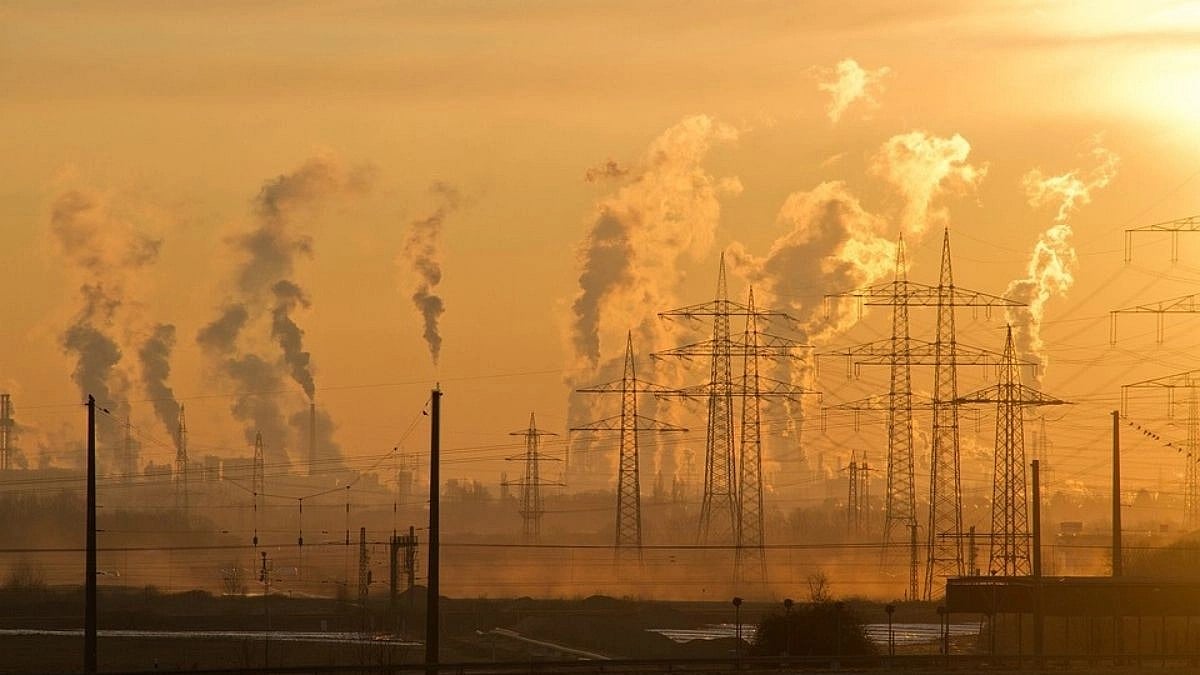Venus, a scorching wasteland of a planet as per experts, likely had some resemblance to our planet Earth, a new research found. The study published in the journal Nature Astronomy raises the possibility that, when Venus was younger, it may have shared crucial features with Earth, which involves plate tectonics. Presently, Venus is a hostile environment due to its severe temperatures and sulfuric acid-laden clouds.
According to a planetary scientist at the Lunar and Planetary Institute in Houston, Matthew B Weller, who also led the research, said, "From this study, one of the takeaways is that both planets most likely had plate tectonics operating roughly at about same time."
The report further revealed that the geochemical reactions of plate tectonics may have stored away a significant amount of the carbon dioxide responsible for the current scorching conditions on Venus.
According to Dr Weller, this adds fuel to the idea that a few billion years ago, Venus may have a place where life could have thrived. "That's a very likely scenario. It indicates that Venus would have been cooler, and there would have been more liquid water," said Dr Weller.
Research team
Dr Weller and his colleagues from Brown University and Purdue University did not find San Andreas fault-like fractures or any visible signs of plate tectonics. Rather, they examined the air, particularly nitrogen.
Nitrogen gets trapped in minerals when rocky planets like Earth and Venus form. These minerals melt during volcanic eruptions, breaking chemical bonds and allowing nitrogen to escape into the atmosphere, where it remains. Dr Weller revealed that nitrogen serves as a diagnostic tool for determining a planet's tectonic history.
About research
The researchers set up the computer simulations to study two tectonic models to reach their conclusions. One known as the stagnant lid describes worlds like Mars and the Earth's moon, where the outer crust creates a solid and unmoving shell. The majority of gases remain trapped beneath the outer crust lid.
The second model was plate tectonics. Earth's volcanic activity, of about 80 per cent, occurs along mid-oceanic ridges, where two tectonic plates are spreading apart and magma rises. That releases a lot more gas into the environment.






.jpg)
